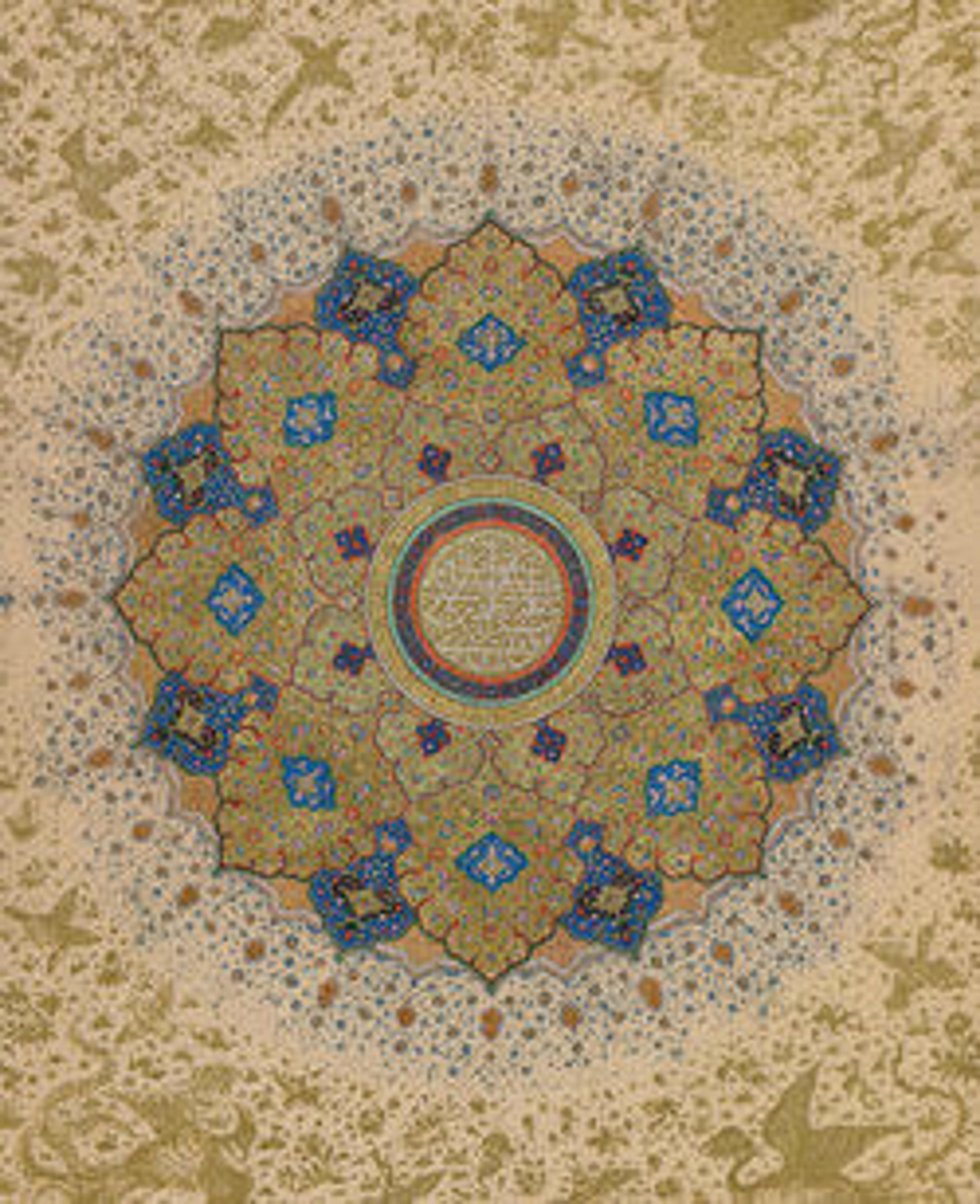Bottle with Flying Cranes
Ceramics produced in Kirman in the early seventeenth century consist primarily of stonepaste imitations of Chinese blue-and-white porcelains, decorated with cobalt in an underglaze technique. By the 1640s, a new style had developed in which elements loosely based on Chinese floral motifs were combined with locally developed devices, such as polychrome vegetal forms and medallions. Chinese in shape, this bottle could have been used as a rosewater sprinkler or decanter.
Artwork Details
- Title:Bottle with Flying Cranes
- Date:1650s
- Geography:Made in Iran, Kirman
- Medium:Stonepaste; polychrome painted under transparent glaze
- Dimensions:H. 13 1/4 in. (33.7 cm)
Diam. 6 1/4 in. (15.9 cm) - Classification:Ceramics
- Credit Line:Rogers Fund, 1914
- Object Number:14.64.2
- Curatorial Department: Islamic Art
More Artwork
Research Resources
The Met provides unparalleled resources for research and welcomes an international community of students and scholars. The Met's Open Access API is where creators and researchers can connect to the The Met collection. Open Access data and public domain images are available for unrestricted commercial and noncommercial use without permission or fee.
To request images under copyright and other restrictions, please use this Image Request form.
Feedback
We continue to research and examine historical and cultural context for objects in The Met collection. If you have comments or questions about this object record, please contact us using the form below. The Museum looks forward to receiving your comments.
